Britain’s Sixth-Generation Fighter Jet: A New Beginning and the End of the F-35?
Rokna Political Desk: With the unveiling of its sixth-generation experimental fighter jet under the Tempest program, the United Kingdom has taken a significant step towards reclaiming its leading position in the global aerospace industry, with the first flight of this innovative aircraft planned for 2027.
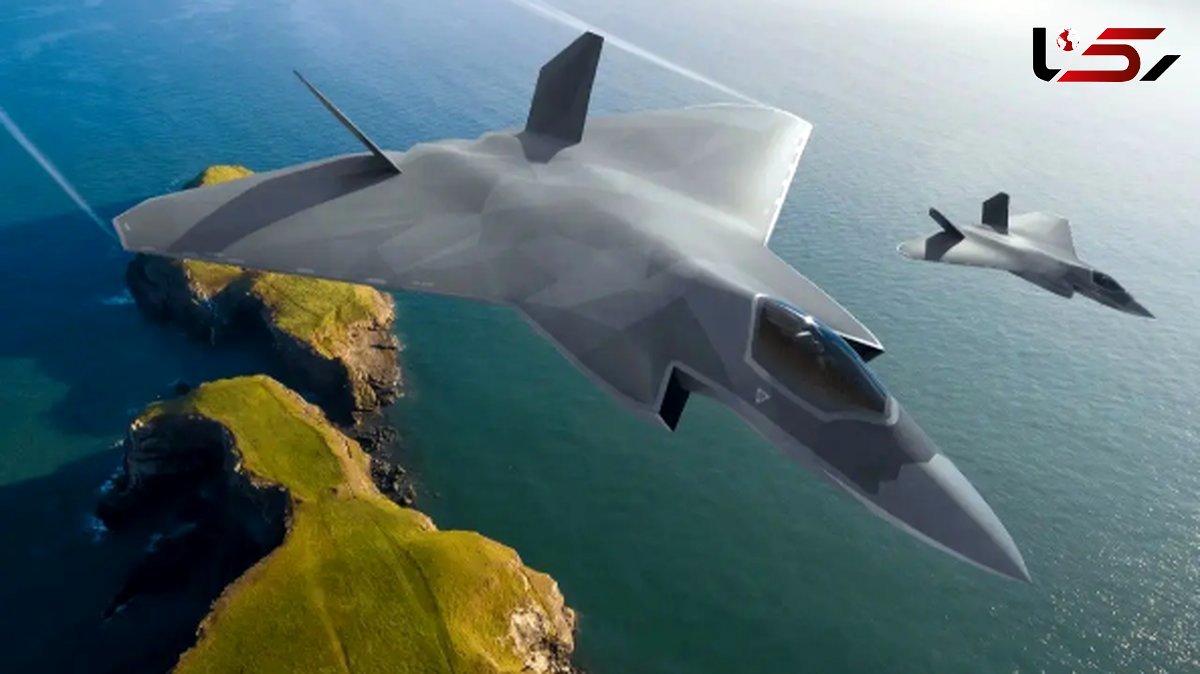
For the first time in four decades, the UK has initiated the design of a new manned fighter jet under the Tempest program. A conceptual image of the test model, known as the Combat Air Flying Demonstrator, shows a resemblance to the F-35 in some aspects, though it lacks horizontal control surfaces and presents notable visual and technical differences from the American jet.
Estimates indicate that the new British fighter will conduct its maiden flight in 2027 and will play a crucial role in shaping the future fighter jets of the UK, Japan, and Italy. It is expected to enter service by 2035.
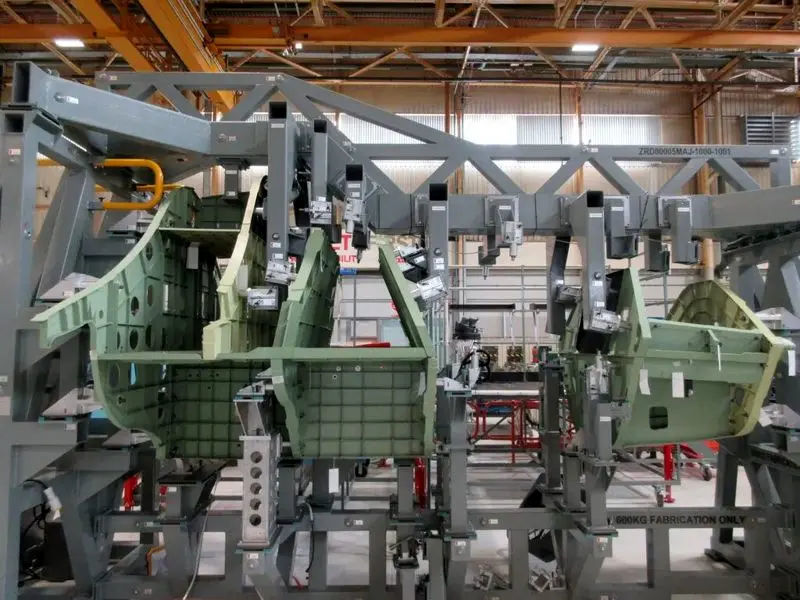
State-of-the-Art Design and Features
The digital image released by BAE Systems, the primary manufacturer of the project, shows that the aircraft is being assembled at the Warton facility in northwest England.
This fighter jet features twin engines, a broader fuselage than the F-35, and Diverterless Supersonic Intakes (DSI). Unlike the F-35, it lacks horizontal stabilizers.
The rear fuselage has a boxy shape, likely designed to conceal the engine exhausts, while the wings are of a cropped-delta design with a Leading-Edge Root Extension (LERX). Notably, this wing design was absent in earlier renders of the Tempest, indicating that the design has evolved to test various aerodynamic characteristics.
The broad nose suggests that ample space has been allocated for a large radar system, while the relatively small cockpit offers limited rear visibility. The forward fuselage resembles components used in Martin-Baker ejection seat testing.
The use of EJ200 engines (similar to those on the Typhoon) has resulted in a wider fuselage and increased thrust capability, though the final version of the Tempest is expected to use an entirely new propulsion system.
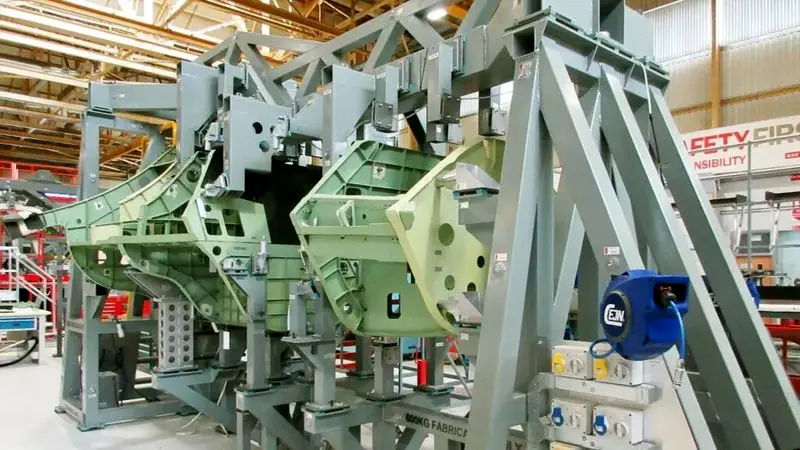
Development and Construction Status
By summer 2024, over two-thirds of the jet’s structural weight had entered the production phase, with components such as the wings and vertical tails already designed. Advanced technologies including 3D printing, human-robot collaboration (cobotics), digital twin modeling, systems engineering, and virtual simulation are being employed in the development process.
Before the start of test flights, test pilots from BAE, Rolls-Royce, and the UK Royal Air Force have conducted over 300 hours of simulated flight to evaluate the aircraft's systems.
The Excalibur Testbed Aircraft
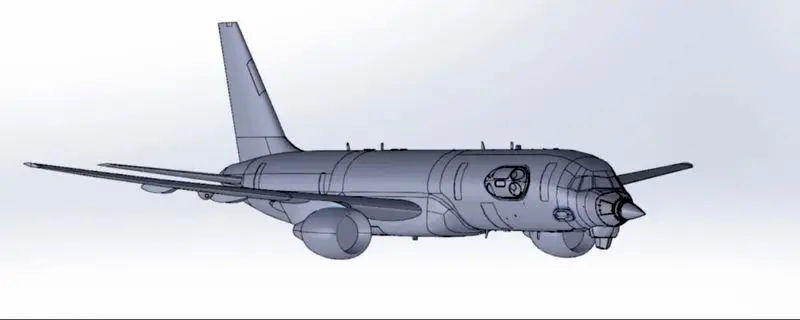
To support the development of technologies related to Tempest, the UK is also utilizing a repurposed Boeing 757 aircraft known as “Excalibur.” This aircraft has successfully completed the first phase of its flight and engineering tests.
What is the Tempest Program?
The Tempest program is part of the international GCAP (Global Combat Air Programme), a trilateral effort involving the UK, Japan, and Italy. It encompasses not only the Tempest fighter jet, but also includes unmanned platforms, future weapons, communications systems, and networked operations.
Nonetheless, significant skepticism remains regarding the project’s timeline and feasibility. Some analysts believe the proposed schedule for Tempest is overly optimistic. For context, the Eurofighter Typhoon took 17 years from its first conceptual flight to enter service, while only about eight years are allocated for the Tempest project.

Domestic Competition: A Threat from the F-35A
One of the main challenges facing the Tempest program is the UK government’s decision to procure a limited number of F-35A fighters (conventional take-off and landing variant), in addition to the existing F-35B (short take-off and vertical landing variant). The F-35A was selected for its lower cost and capability to carry nuclear weapons.
If the performance of the F-35A proves satisfactory, the UK may opt to purchase more of them in the future, which could sideline the Tempest program. Additionally, Lockheed Martin is already planning significant upgrades to the F-35, further intensifying competition for Tempest.
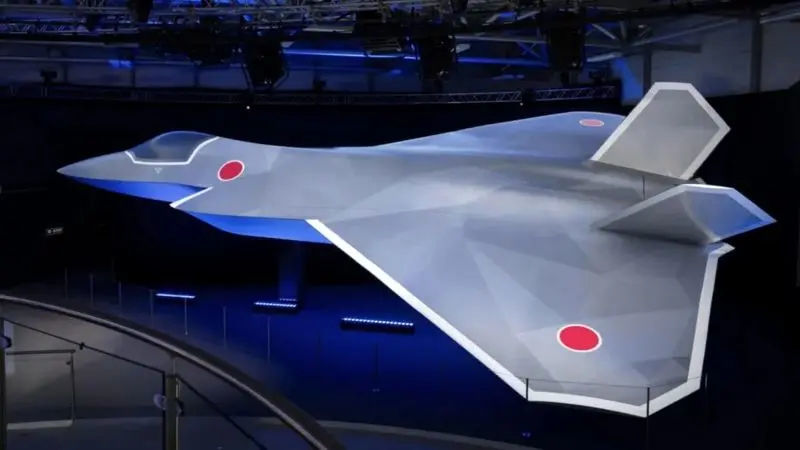
In summary, the UK’s new experimental fighter jet marks a major step forward in the nation’s pursuit of sixth-generation combat aircraft. If successful, it could pave the way for the broader Tempest initiative and potentially restore Britain’s position as a global aerospace leader. However, budgetary constraints, geopolitical developments, and both internal and external competition pose substantial challenges to the project’s future.
Send Comments